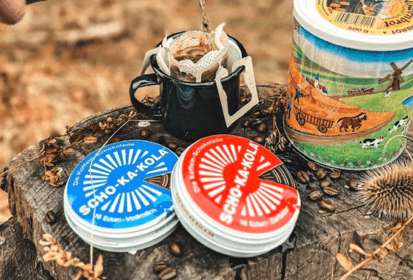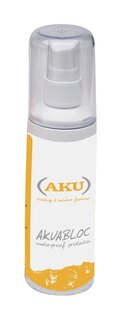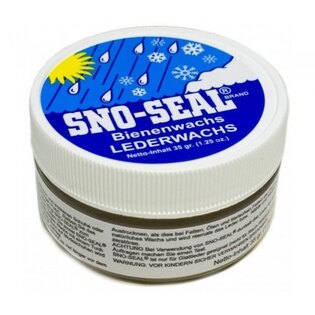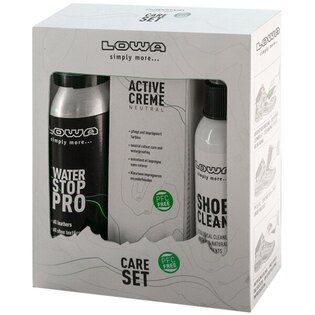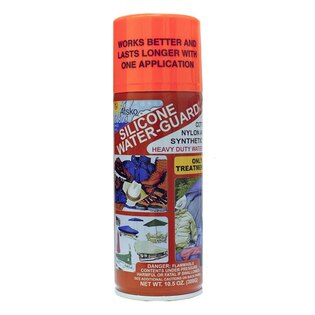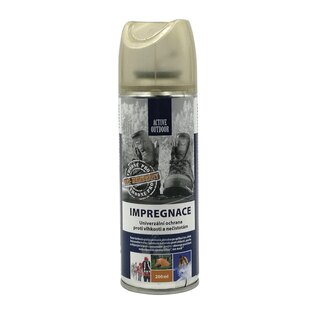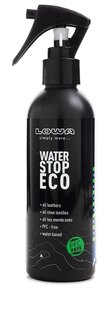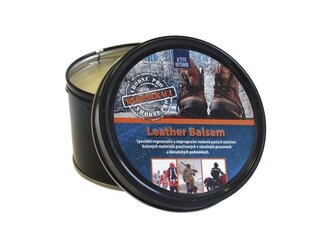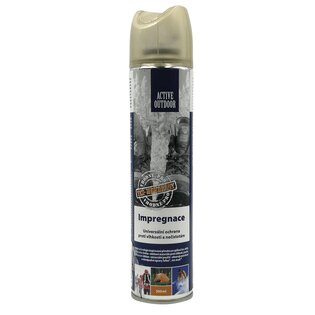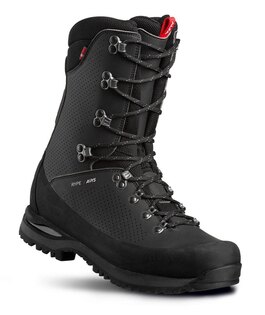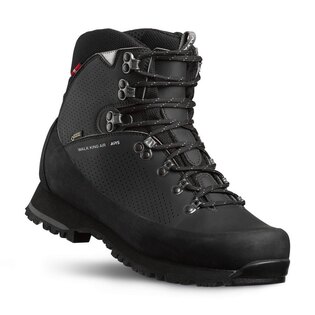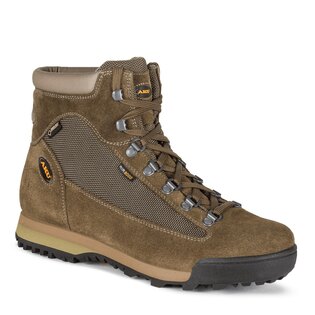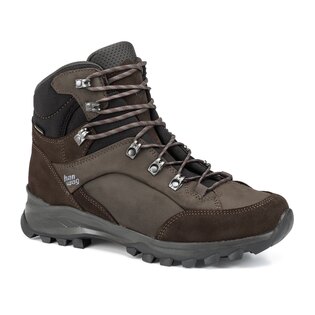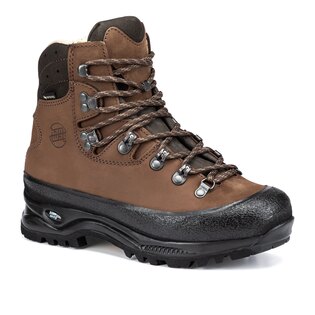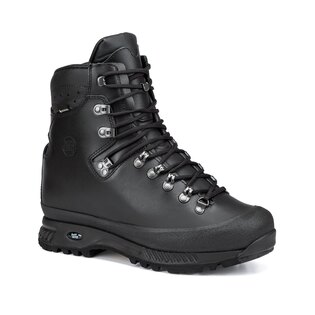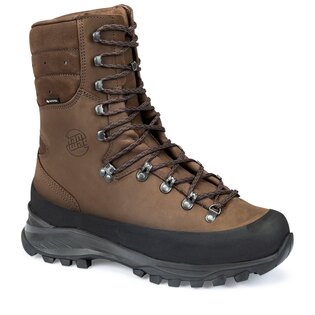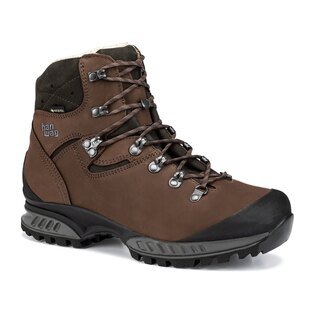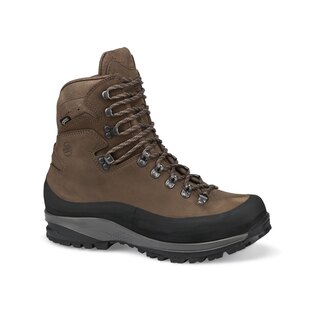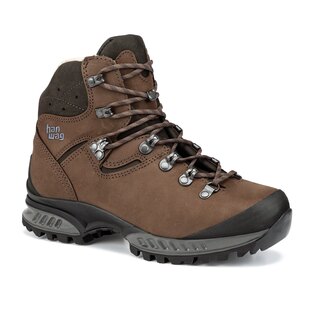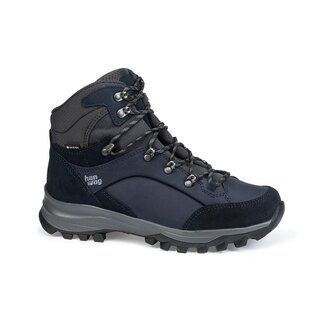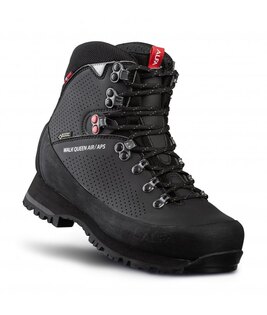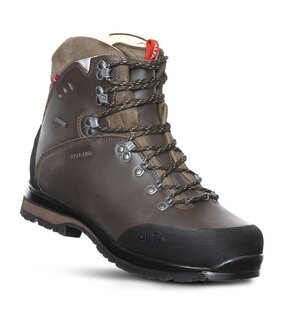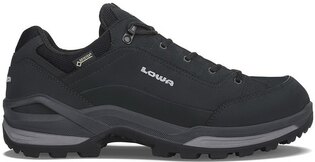Leather Shoes Deserve Proper Care
Leather shoes are among the finest choices for outdoor and everyday use. Leather offers excellent moisture management, resists mechanical damage, and provides a natural water repellency. However, to enjoy these benefits in the long term, leather footwear requires consistent and proper care. Let's take a closer look at how to maintain leather shoes so they can serve you well for many years.
Regular Maintenance Is Key
Neglecting leather shoes inevitably leads to their deterioration. Without care, leather hardens, loses elasticity, becomes uncomfortable during walking, and allows moisture to seep in. In extreme cases, hardened leather can tear the shoe seams, resulting in costly damage. Proper, regular maintenance ensures longevity, functionality, and comfort.
After demanding outdoor activities, get into the habit of cleaning your footwear. Every minute spent on maintenance will be repaid many times over in the form of long-lasting durability.
Cleaning the Shoes
When you return from the outdoors with dirty shoes covered in mud, the first step is to remove the largest dirt particles. Thoroughly shake the shoes outside.
Then, stuff the shoes with newspaper or another absorbent material. Avoid drying shoes by direct heat sources like radiators, as this can damage the leather. Instead, let them dry naturally at room temperature.
Removing Dirt and Residue
Before drying completely, remove any remaining dirt using a stiff-bristled "mud brush." For deeper cleaning, apply a cleaning foam specifically designed for leather. It will help remove deposits even from hard-to-reach areas and prolong the material's life.
After using the foam and brush, rinse the shoes lightly with water and allow them to dry fully before moving on to moisturizing treatments.
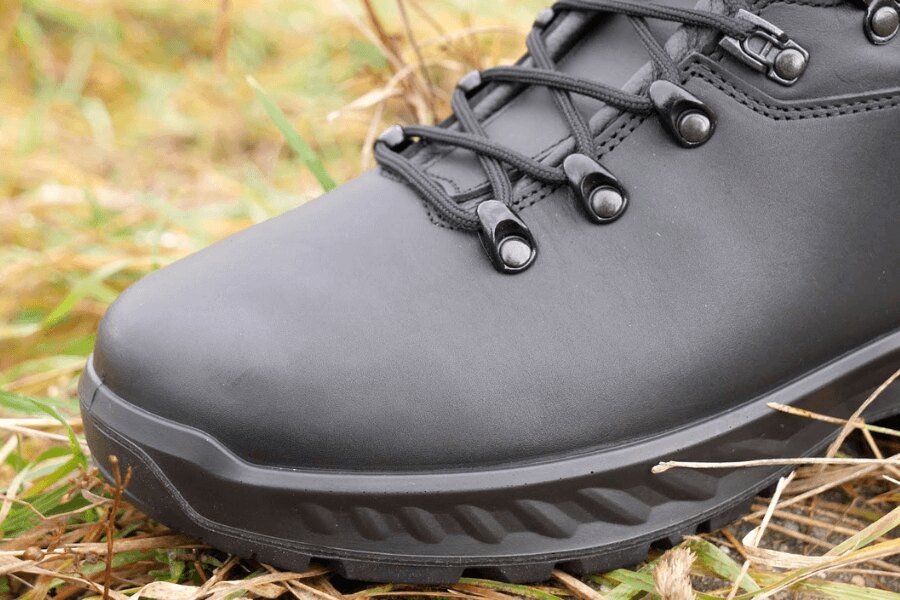
Leather boots.
Moisturizing and Conditioning
Once dry, remove the newspapers and prepare for conditioning. You’ll need a small brush ("applicator brush") and a leather-specific cream. Choose a cream that suits your shoe’s leather type and, if needed, matches the color.
Creams nourish the leather, prevent it from drying out, and help retain its water-repellent properties. Regular conditioning also keeps the shoes looking like new.
Understanding Leather Types
Different types of leather react differently to creams. Some may darken significantly after application. If you have light-colored shoes and want to avoid color change, choose a neutral cream or a special conditioner that won't alter the shade. Owners of dark shoes, particularly black ones, have no reason to worry.
Cream or Wax Application
Applying cream is straightforward: apply a small amount with the applicator brush and spread it evenly over all leather areas. For thorough treatment, avoid missing spots. Applying cream is straightforward: apply a small amount with the applicator brush and spread it evenly over all leather areas. For thorough treatment, avoid missing spots. For everyday use, creams are more practical because they’re quick to apply without additional preparation.
Polishing
After conditioning, polish the shoes using a soft brush to enhance their shine and uniform appearance. For an extra glossy finish, you can use special polishes, but for casual use, basic polishing will suffice. A soft cloth is helpful for reaching tight areas around the laces.
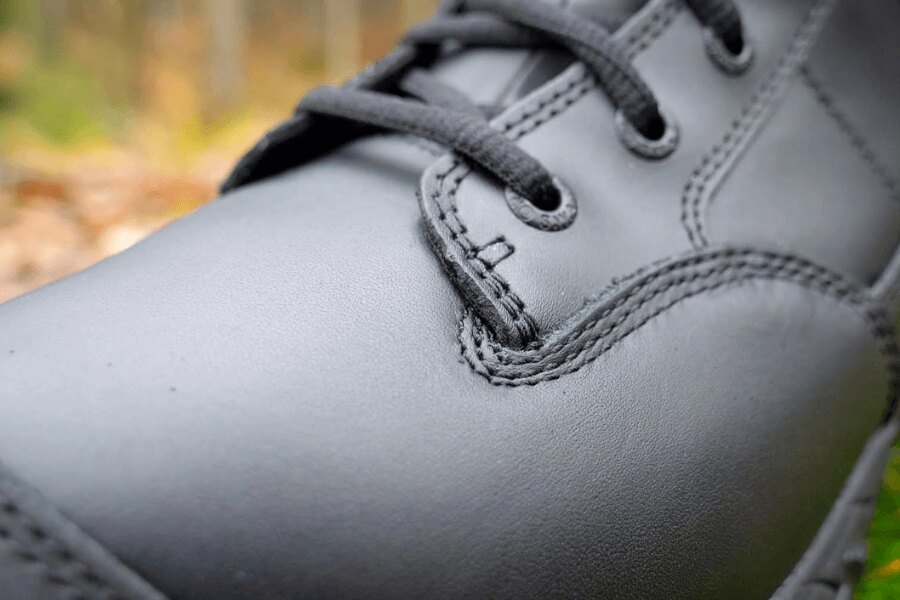
Leather boots.
Impregnation
If your shoes have textile parts, don’t forget to apply a waterproofing spray. This protects fabric components from absorbing water. Choose a spray suitable for the materials present in your footwear.
Care That Pays Off
In conclusion, taking the time to clean and maintain your leather shoes is well worth the effort. Proper care keeps them functional, comfortable, and good-looking. Treat maintenance as a relaxing ritual — your shoes will reward you with many years of reliable service. Especially in winter, when leather needs extra protection, regular cleaning and conditioning are essential. Leather is a fantastic natural material — it just needs a little love and attention.
Readers are further interested
